WHAT EXACTLY ARE BRACES?
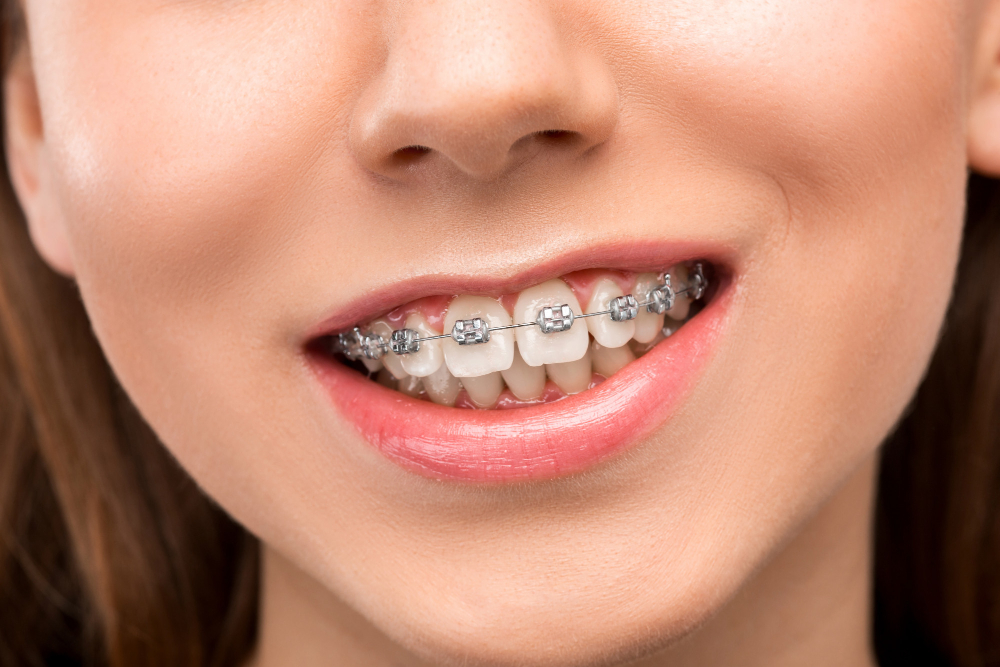
Dental braces are used to align or straighten teeth and guide them to their proper place. They are constructed using wires, brackets, and bands. Braces help to rectify abnormal tooth alignment, jaw correction, chewing enhancement, and smile attractiveness. Your dentist is the best person to advise you on treatment options and techniques that are appropriate for your dentition.
WHAT IS THE PURPOSE OF BRACES?
The most common reason for having braces is to improve one’s facial appearance; nevertheless, many individuals are unaware that there are other consequences that necessitate orthodontic treatment, such as open bite, jaw structure, crossbite, and so on.
WHAT EXACTLY IS PERMANENT TEETH DENTITION?
Permanent teeth replace primary teeth, which contribute to appearance, speaking, and digestion. During this stage, people may encounter a variety of difficulties that can be resolved with braces. These issues include:
- Crowding / haphazardly placed teeth might cause poor oral hygiene and Dental Caries (Cavities)
- Improper Bite that impairs chewing efficiency
- Crooked teeth can be a major source of Periodontal diseases such as Bleeding Gums, Halitosis (Bad Breath), and Tooth Mobility (Premature tooth loss)
- Forwardly positioned / Proclined Teeth, which results in a more convex profile and a posteriorly displaced chin
- Open Bite
- The spacing between teeth can cause speech problems
WHAT EXACTLY IS MIXED DENTITION?
Mixed Dentition refers to the condition of having both primary and permanent teeth in one’s mouth. Wearing braces at this stage solves the following issues:
- Jaw Growth problems can be treated non-invasively at this point but may require surgical correction later.
- Correction of crooked teeth. This must be addressed as soon as possible, otherwise, the child’s psychology may suffer.
WHEN IS THE BEST TIME TO GET BRACES?
Every individual is unique. Orthodontic therapy can begin as early as the age of seven. There is no upper age limit for wearing braces.
- You can receive braces at any age if you have good dental health and solid teeth.
- Orthodontic therapy is provided for people of all ages.
WHAT TYPES OF BRACES ARE AVAILABLE?
Metal Conventional Braces:
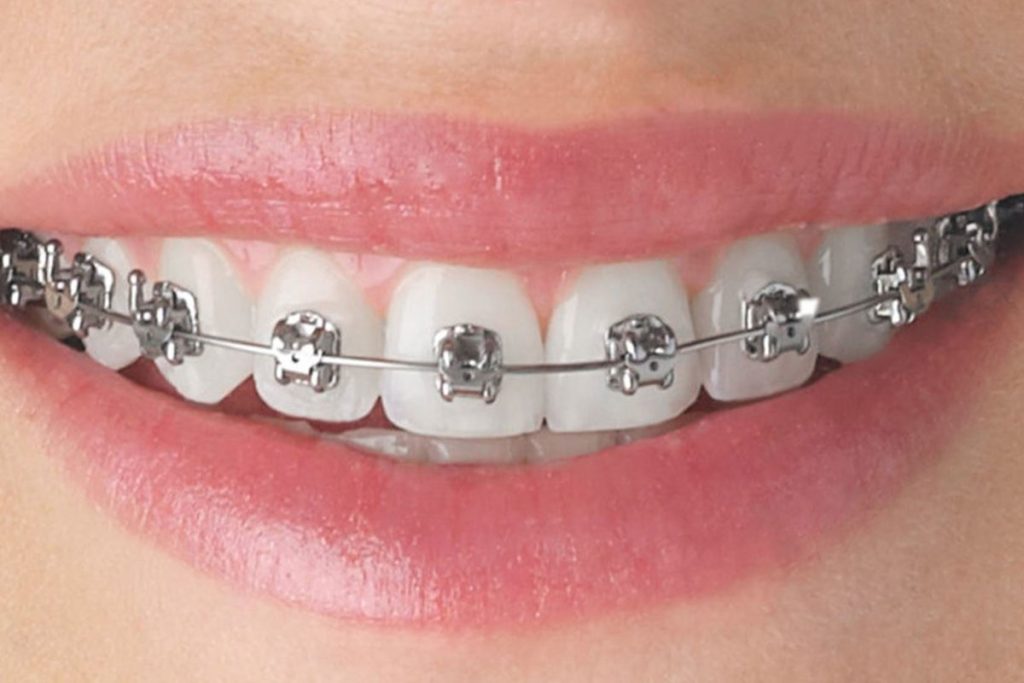
These are the most frequent and classic types of braces. Metal braces are far more comfortable and smaller in size nowadays. To bind the wire to the braces, elastics in a range of colors are required. The wires use your body heat to move teeth faster and more comfortably. There is no age limit for them, as individuals of all ages can use metal braces to straighten their teeth.
Metal Self-Ligating Braces
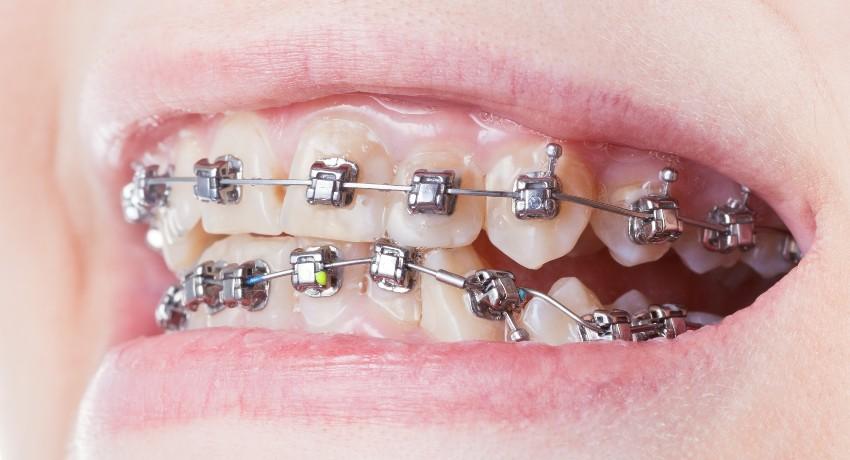
These are metal brackets with a shutter or lock system that eliminate the need for elastic to tie the wire. Metal self-ligating braces are more comfortable and smaller in size than typical metal braces. These aid in achieving arch extension and reducing the requirement for extraction.
Ceramic Conventional Braces
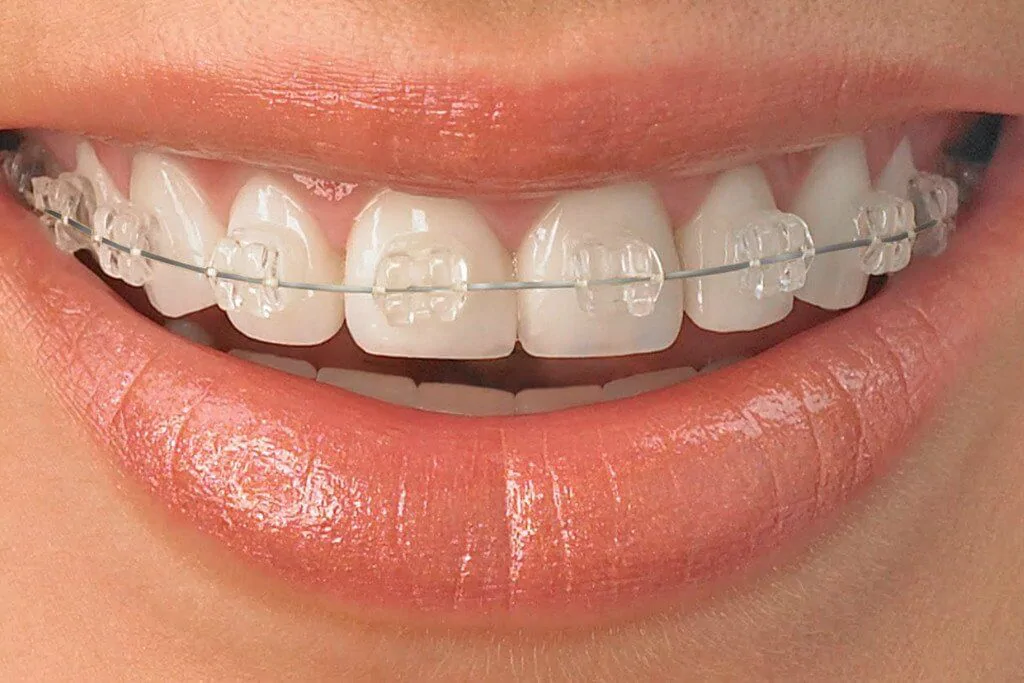
Ceramic braces have transparent brackets. They use tooth color and blend in with your teeth more naturally. Metal braces have the same shape and size. These are less noticeable on the teeth and, as a result, are favored by older teenagers and adults who may be concerned about their appearance. Even the wires used are sometimes tooth-colored, making them less apparent. Because they are less visible, they require more care and protection than metal braces because they are larger and more brittle. They are utilized more in upper teeth than lower teeth because they require more protection.
Lingual Braces
Lingual braces are large metal braces that are worn behind the teeth. These metallic braces are available in silver or gold. CAD-CAM / 3D designs are used to customize each bracket. The treatment is highly attractive and has low visibility. This, however, can result in mild speech impairment throughout treatment.
Aligners
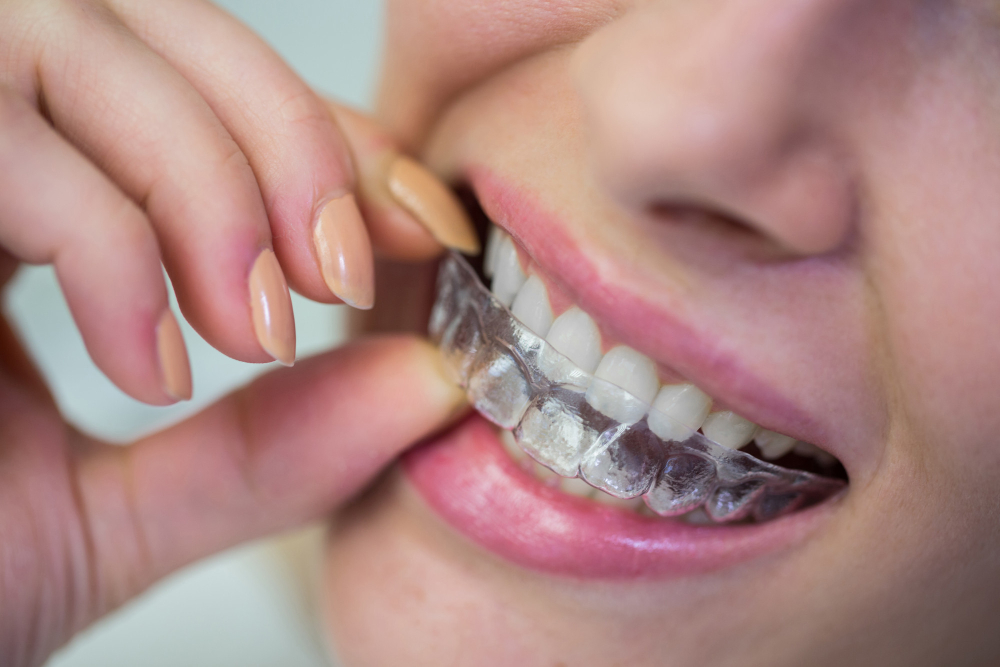
Clear Aligners are medical-grade plastic trays that eliminate the need for braces or wire. They are completely undetectable, thus the aesthetic concerns are addressed, making them particularly desirable to people who require orthodontic treatment. They have no eating limitations despite being placed inside. People believe that being placed on the inside will cause them to have difficulty speaking, which is fiction. Transparent braces, on the other hand, are extremely comfortable and hygienic. Clear Aligners can also be used to conceal existing gaps.
COST OF BRACES AND ALIGNERS
The cost of braces and aligners varies greatly based on tooth alignment and a variety of other considerations. There is no payment standardized for braces and aligner treatment. The dentist will evaluate you and conduct a digital scan of your cavity during your first session, among other things. Based on this information, he or she will be able to provide you with an exact estimate of the cost of the braces and aligners, as well as the time of treatment.
POST-TREATMENT CARE FOR BRACES
- Brush & Floss twice a day to keep your teeth healthy. Healthy teeth respond better to the treatment.
- Visit your dentist on time for follow-up checks. Make a note of your appointments and follow suggestions, if any.
- Be patient. The treatment duration may vary depending on the case. The teeth will take time to adjust accordingly.
DO’S AND DON’TS WITH BRACES ON
DO’S
- Try and avoid sticky food like gum or caramel
- Ask for a mouthguard, if you play a sport
- Consume drinks that are low in sugar content and not carbonated
- Brush after every meal and never let food stuck on your braces
- Visit your dentist on every follow-up
DON’TS
- Don’t chew hard food and ice
- Do not bite your fingernails
- Do not consume more than one soda a week
- Do not forget to floss like a boss

